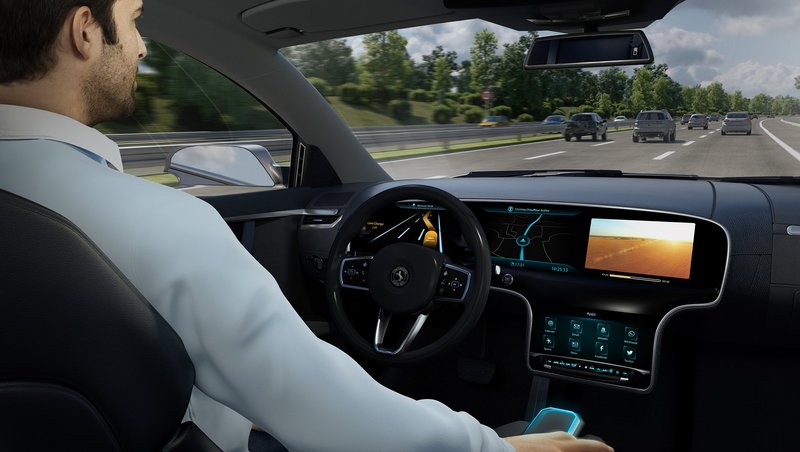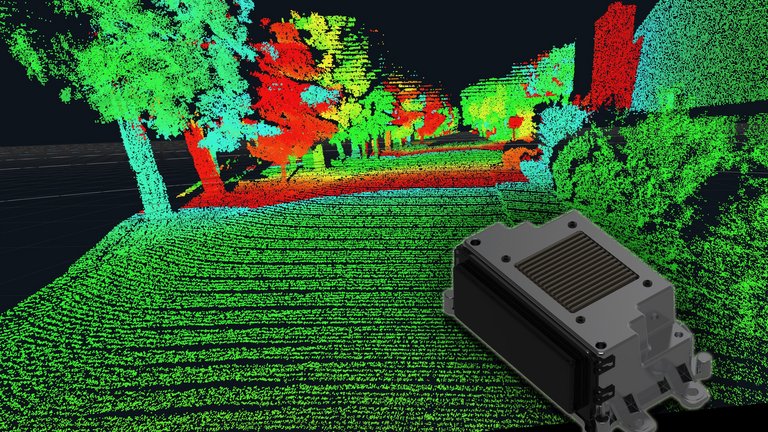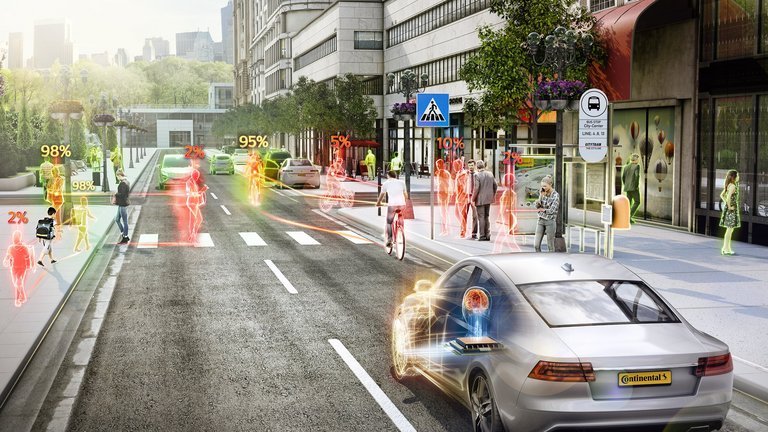Seamless Mobility
Everything needs to be connected
- Technologies: To ensure Seamless Mobility, numerous technical prerequisites must be fulfilled. Sensor data must be consolidated and enormous volumes of data must be processed. Software and hardware in the vehicle must be able to communicate seamlessly.
- Concepts: For autonomous driving to work, however, not only technical prerequisites must be met. It is equally important to link the various mobility concepts with each other, in order to create social acceptance, to lay foundations politically and to create economic incentives.
- Legislation: Automated and autonomous driving add a new dimension to transportation. This makes it necessary for legislators to create a reliable framework in which conventional and new transportation concepts can move with legal certainty.
Around 1.3 million people are killed in traffic crashes worldwide annually. Over 1.2 billion people spend more than 50 minutes a day in their vehicles – much of it in traffic jams. Smart and shared transport concepts can reduce traffic congestion – not only in cities – leading to less congestion and fewer crashes. To achieve this, the mobility of the future must adapt to people's individual needs, starting with the seamless interaction between different mobility options and concepts. The buzzword here is: Networking beyond technology. This, in turn, will only work if the technical prerequisites are right. That's why Continental has identified multiple starting points to drive the issue forward.
One option: smart, electrified and shared transport systems will reduce traffic congestion in cities. There will also be advantages for people living in rural areas: Transportation will be more readily available and accessible. These areas will thus be better integrated into the transport network and connected more closely to the nearest major cities. To be precise, this could mean people would be using a highly automated vehicle to cover long distances on the highway, for example from a rural region to the nearest city. Once it has arrived, the vehicle parks itself before the occupants continue their sightseeing or shopping trip to the city center in a robot taxi. Of course, the streets would be a lot less busy because only robot taxi and car-sharing vehicles would be allowed in city centers. Advantage Seamless Mobility: Who could take issue with low-traffic inner cities? Of course, all of this would work best with highly automated or even completely autonomous vehicles.
Networking along the value chain
To achieve this, the sensors in the vehicle must be perfectly coordinated along the entire active chain - at Continental, this is called SensePlanAct. Camera, lidar and radar are responsible for perception and provide the necessary information. Control units process this information, calculate the driving strategy, create a grid and motion planning – in other words, they determine how the vehicle should behave. The final intervention in the vehicle's control system – the Act part – takes place in a fraction of a second. In addition, sensor data from road users in front of the vehicle can be analyzed to enable critical traffic situations to be predicted before they become a danger to following vehicles. Infrastructure data can also be used to enhance safety and comfort. Holistic networking connects vehicles worldwide seamlessly and in a variety of ways: with the driver, with other vehicles, with mobile devices and with the infrastructure. Here, the system consists of connected hardware and software components, enabling visible and invisible services.
Networking concepts
Driverless vehicles are an important element in the smart cities of the future and the key element of future mobility concepts. Seamless Mobility is a model where the boundaries between private, shared and public transport are blurred and people are able to move seamlessly through their city using a combination of autonomous vehicles, e-scooters and existing transport infrastructure such as the metro to get to work or home each day. Studies have shown that a major city that takes advantage of Seamless Mobility will be able to move about 30 percent more people while reducing travel time by 10 percent. Continental has recognized this potential and is therefore deliberately driving the issue forward in a holistic manner.
Legislation: Blueprint for Europe
In Germany, legislators have only recently set the course for the transfer of highly automated vehicles to pilot projects. With the new law on autonomous driving, the Federal Ministry of Transport has created the legal framework for autonomous motor vehicles (Level 4) to be able to drive in regular operation in defined operating areas on public roads - nationwide. This makes Germany the first country in the world to bring driverless vehicles out of research labs and into everyday use. Among other things, the law regulates testing and procedures for the granting of an operating permit for motor vehicles with autonomous driving functions by the Federal Motor Transport Authority and thus the transfer of autonomously driving vehicles to series production and ultimately road traffic. The aim is to bring vehicles with autonomous driving functions into regular operation by 2022.
The law on autonomous driving is a transitional solution until harmonized regulations are in place at international level. With a view to harmonized markets and standards, Germany has a major interest in creating high-level regulations. After all, Germany is already an international driver of innovation: thanks in part to German initiative, the Level 3 lane-keeping system (ALKS - Automated Lane Keeping System) for speeds up to 60 kilometers per hour on highways, which can be used in traffic jams, for example, was adopted at UN level. Extensions to the UN regulation on ALKS are also currently being worked on with active German participation. The aim is to extend the speed to 130 kilometers per hour and to enable the use of lane changing systems.









